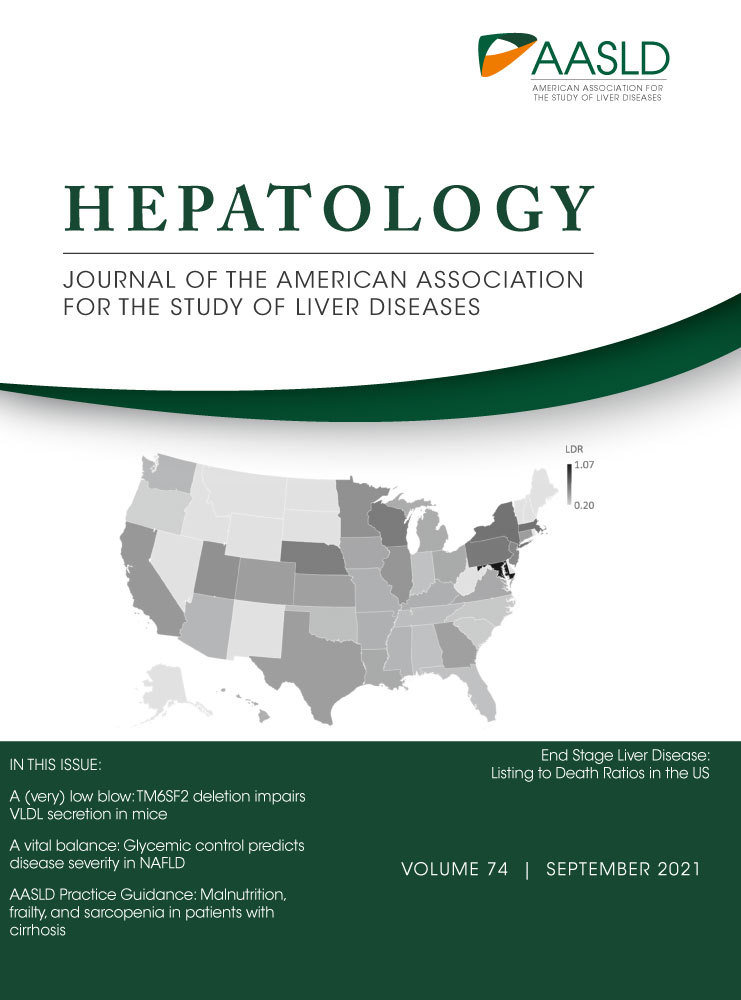Financial Hardship From Medical Bills Among Adults With Chronic Liver Diseases: National Estimates From the United States
Abstract
Background and Aims
Chronic liver diseases (CLD) affect approximately 2% of the U.S. population and are associated with substantial burden of hospitalization and costs. We estimated the national burden and consequences of financial hardship from medical bills in individuals with CLD.
Approach and Results
Using the National Health Interview Survey from 2014 to 2018, we identified individuals with self-reported CLD. We used complex weighted survey analysis to obtain national estimates of financial hardship from medical bills and other financial toxicity measures (eg, cost-related medication nonadherence, personal and/or health care–related financial distress, food insecurity). We evaluated the association of financial hardship from medical bills with unplanned health care use and work productivity, accounting for differences in age, sex, race/ethnicity, insurance, income, education, and comorbidities. Of the 3,666 (representing 5.3 million) U.S. adults with CLD, 1,377 (representing 2 million [37%, 95% CI: 35%-39%]) reported financial hardship from medical bills, including 549 (representing 740,000 [14%, 95% CI: 13%-16%]) who were unable to pay medical bills at all. Adults who were unable to pay medical bills had 8.4-times higher odds of cost-related medication nonadherence (adjusted OR [aOR], 8.39 [95% CI, 5.72-12.32]), 6.3-times higher odds of financial distress (aOR, 6.33 [4.44-9.03]), and 5.6-times higher odds of food insecurity (aOR, 5.59 [3.74-8.37]), as compared to patients without financial hardship from medical bills. Patients unable to pay medical bills had 1.9-times higher odds of emergency department visits (aOR, 1.85 [1.33-2.57]) and 1.8-times higher odds of missing work due to disease (aOR, 1.83 [1.26-2.67]).
Conclusions
One in 3 adults with CLD experience financial hardship from medical bills, and frequently experience financial toxicity and unplanned healthcare use. These financial determinates of health have important implications in the context of value-based care.




